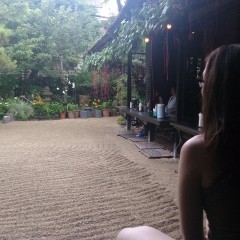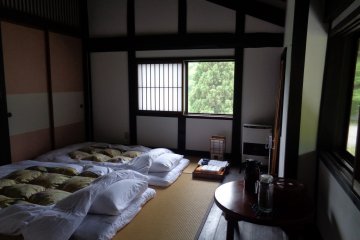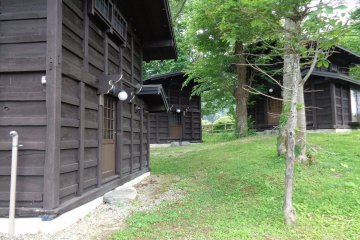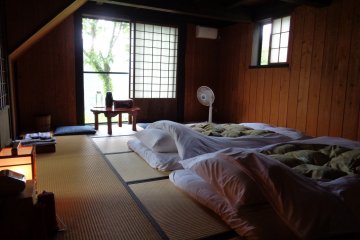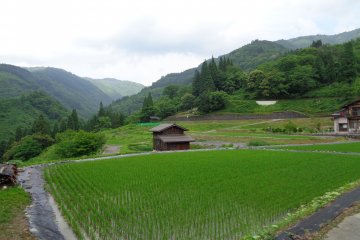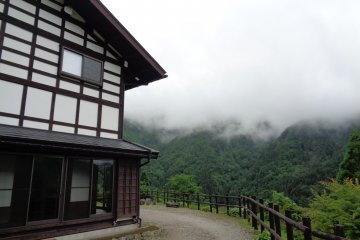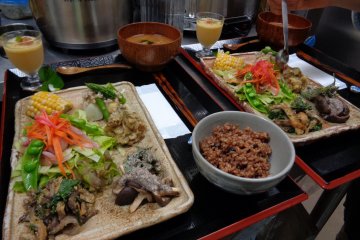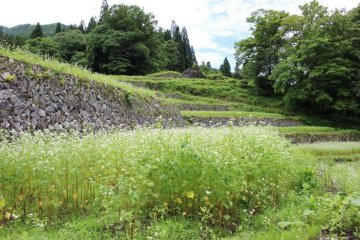Tanekura is a small village nestled in the Japanese Alps. It is a perfect example of "satoyama" culture, where man does not encroach on nature but lives in harmony with it.
Only sixteen people live in this village, from forestry, agriculture and inherited customs of past generations. They grow buckwheat, rice, herbs, edible plants and Japanese ginger called myoga.
You can see typical wooden warehouses in the region called "Itakura".
The construction of wooden houses favored fires. Therefore, residents were storing their food in this warehouses located several meters away from their home in order to keep their harvest from flames.
In the village, you can see rice terraces built there seventy years ago, during World War II. These stones were collected by women, children and elderly people who remained in the village after the men were called to war.
Without any machines, they collected the rocks in summer and used sleds to pull them to the village in winter. Slowly they leveled the hills and piled thousands of stones. It took ten long years to complete the construction of these terraces! Today, unfortunately there are fewer rice fields on these terraces due to lack of farmers. Instead they cultivate buckwheat and "myoga" which are much easier to produce than rice.
You can spend few hours in the village to discover it or stay at Tanekura Inn. The old building of Tanekura Inn was a traditional Japanese house located in the Nagasore area. The building was moved and renovated into an inn. A few meters from it there are "Itakura" turned into cottages.
There is a beautiful “irori” (traditional fireplace) in the common area. The bath, made with “hinoki” (cypress wood) from the region, offers a stunning view on the mountains. Held by some villagers until last year, Tanekura Inn was taken over by Chura Boshi Company to integrate it to “Satoyama Experience”. This project aims to increase exchanges between locals and tourists, sustainably contribute to the protection of nature and the preservation of the Japanese countryside, with its panorama and its unique traditional culture.
There is no shop or grocery store in this small village and no TV or room service in the hostel. The goal is really to live Japan in its purest state, to eventually meet the villagers, eat dishes based on the ingredients they grow and soak up the atmosphere of the "satoyama." I had the chance to go there several times, and I could not get bored. The friendliness and helpfulness of the staff was remarkable. There is no noise, just the sound of crickets and the frogs croaking. No artificial lights in the village, just the twinkling stars. A true haven of peace, a different image of Japan that I fell in love with and that contrasts with the image of large cities such as Tokyo or Osaka.
I really enjoy the bath of the inn and the beautiful mountain views that it offers. Eating edible mountain plants in different forms, myoga, excellent soba noodles handmade by villagers... I was pleasantly surprised to discover all these new dishes that differ from ramen, sushi and tonkatsu that we are used to eating when we come to Japan.


